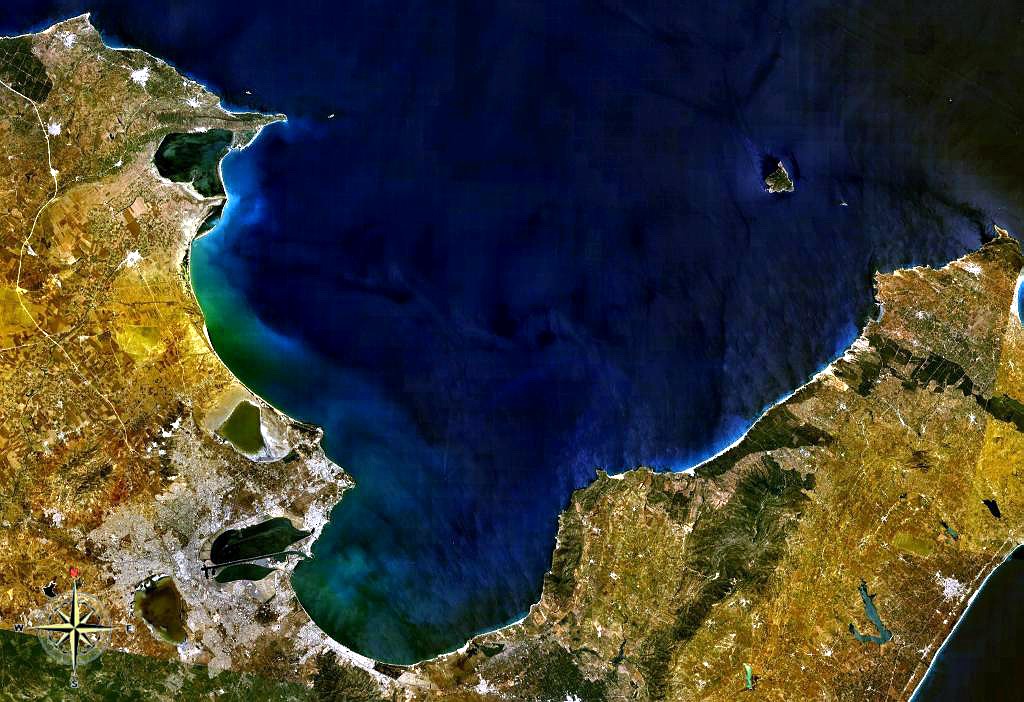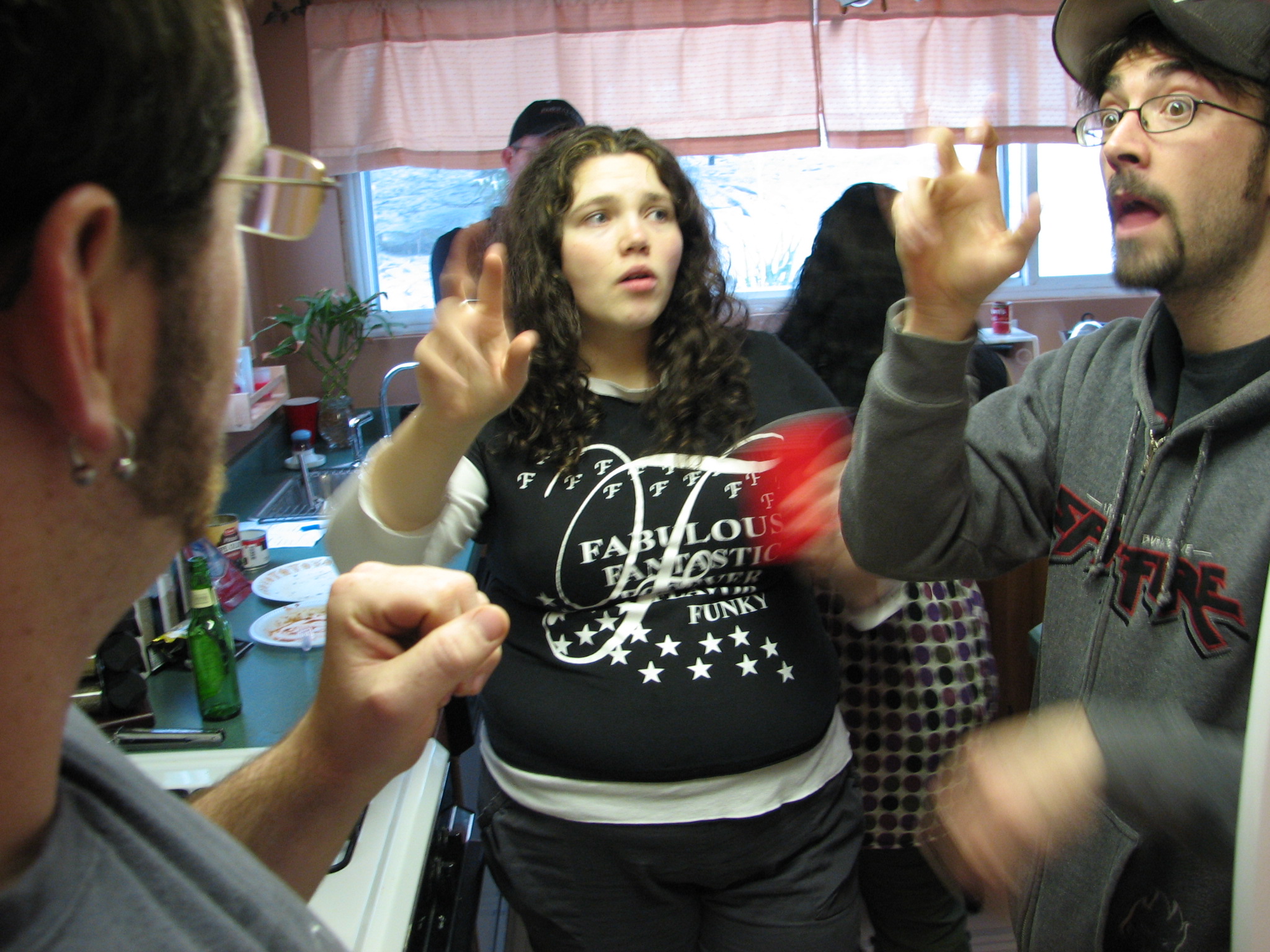|
Simbari Language
Simbari or ''Chimbari'', is an Angan language of Papua New Guinea. There are at least two dialects of Simbari. The Simbari language is partly cognate with Baruya.Fiske, Alan PageSambia notes Simbari is spoken by the Simbari people. Simbari culture and society have received extensive anthropological studies, especially by Gilbert Herdt. See also *''Sambia Sexual Culture ''Sambia Sexual Culture: Essays from the Field'' is a 1999 book about the Simbari people and their sexual practices by the anthropologist Gilbert Herdt. The book received negative reviews, accusing Herdt of being biased in his approach and his co ...'' Bibliography ;Phonological sketches *Lloyd, Richard G. 1973a. The Angan language family. In: Franklin (ed.), 31–110. *Lloyd, Richard G. 1973b. The Angan language family: Neighbouring languages. In: Franklin (ed.), 93–94. References Languages of Gulf Province Languages of Eastern Highlands Province Angan languages {{papuan-lang-stub ... [...More Info...] [...Related Items...] OR: [Wikipedia] [Google] [Baidu] |
Papua New Guinea
Papua New Guinea (abbreviated PNG; , ; tpi, Papua Niugini; ho, Papua Niu Gini), officially the Independent State of Papua New Guinea ( tpi, Independen Stet bilong Papua Niugini; ho, Independen Stet bilong Papua Niu Gini), is a country in Oceania that comprises the eastern half of the island of New Guinea and its offshore islands in Melanesia (a region of the southwestern Pacific Ocean north of Australia). Its capital, located along its southeastern coast, is Port Moresby. The country is the world's third largest island country, with an area of . At the national level, after being ruled by three external powers since 1884, including nearly 60 years of Australian administration starting during World War I, Papua New Guinea established its sovereignty in 1975. It became an independent Commonwealth realm in 1975 with Elizabeth II as its queen. It also became a member of the Commonwealth of Nations in its own right. There are 839 known languages of Papua New Guinea, on ... [...More Info...] [...Related Items...] OR: [Wikipedia] [Google] [Baidu] |
Eastern Highlands Province
Eastern Highlands is a highlands province of Papua New Guinea. The provincial capital is Goroka Goroka is the capital of the Eastern Highlands Province of Papua New Guinea. It is a town of approximately 19,000 people (2000), above sea level. It has an airport (in the centre of town) and is on the "Highlands Highway", about 285 km from L .... The province covers an area of 11,157 km², and has a population of 579,825 (2011 census). The province shares a common administrative boundary with Madang Province to the north, Morobe Province to the east, Gulf Province to the south, and Simbu Province to the west. The province is the home of the Asaro Mudmen, Asaro mud mask that is displayed at shows and festivals within the province and in the country. The province is reachable by air, including Goroka Airport, and road transport, including the main Highlands Highway. Districts and LLGs Each province in Papua New Guinea has one or more districts, and each district has one or m ... [...More Info...] [...Related Items...] OR: [Wikipedia] [Google] [Baidu] |
Gulf Province
A gulf is a large inlet from the ocean into the landmass, typically with a narrower opening than a bay, but that is not observable in all geographic areas so named. The term gulf was traditionally used for large highly-indented navigable bodies of salt water that are enclosed by the coastline. Many gulfs are major shipping areas, such as the Persian Gulf, Gulf of Mexico, Gulf of Finland, and Gulf of Aden The Gulf of Aden ( ar, خليج عدن, so, Gacanka Cadmeed 𐒅𐒖𐒐𐒕𐒌 𐒋𐒖𐒆𐒗𐒒) is a deepwater gulf of the Indian Ocean between Yemen to the north, the Arabian Sea to the east, Djibouti to the west, and the Guardafui Chan .... See also * References External links * {{Authority control Bodies of water Coastal and oceanic landforms Coastal geography Oceanographical terminology ... [...More Info...] [...Related Items...] OR: [Wikipedia] [Google] [Baidu] |
Simbari People
The Simbari people (also known as the Simbari Anga, called Sambia by Herdt) are a tribe of mountain-dwelling, hunting and horticultural people who inhabit the fringes of the Eastern Highlands Province of Papua New Guinea, and are extensively described by the American anthropologist Gilbert Herdt. The Simbari a pseudonym created by Herdt himself are known by cultural anthropologists for their acts of "ritualised homosexuality" and semen ingestion practices with pubescent boys. In his studies of the Simbari, Herdt describes the people in light of their sexual culture and how their practices shape the masculinity of adolescent Simbari boys. The Simbari people speak Simbari (called Sambia by Herdt), a Trans-New Guinea language belonging to the Angan branch. Traditional practices and beliefs Initiation The full initiation is reported to start with members of the tribe being removed from their mothers at the age of nine. This process is not always voluntary and can involve thr ... [...More Info...] [...Related Items...] OR: [Wikipedia] [Google] [Baidu] |
Trans–New Guinea Languages
Trans–New Guinea (TNG) is an extensive family of Papuan languages spoken on the island of New Guinea and neighboring islands ‒ corresponding to the country Papua New Guinea as well as parts of Indonesia. Trans–New Guinea is the third-largest language family in the world by number of languages. The core of the family is considered to be established, but its boundaries and overall membership are uncertain. The languages are spoken by around 3 million people. There have been three main proposals as to its internal classification. History of the proposal Although Papuan languages for the most part are poorly documented, several of the branches of Trans–New Guinea have been recognized for some time. The Eleman languages were first proposed by S. Ray in 1907, parts of Marind were recognized by Ray and JHP Murray in 1918, and the Rai Coast languages in 1919, again by Ray. The precursor of the Trans–New Guinea family was Stephen Wurm's 1960 proposal of an East New Guine ... [...More Info...] [...Related Items...] OR: [Wikipedia] [Google] [Baidu] |
Baruya Language
Yipma (pronounced as ''Hipma'') is an Angan language of Papua New Guinea Papua New Guinea (abbreviated PNG; , ; tpi, Papua Niugini; ho, Papua Niu Gini), officially the Independent State of Papua New Guinea ( tpi, Independen Stet bilong Papua Niugini; ho, Independen Stet bilong Papua Niu Gini), is a country i .... Dialects are ''Wantakia, Baruya (Barua), Gulicha, Usirampia (Wuzuraabya).'' History 'Baruya' refers to the accent of the Bruwa tribe, currently residing around the Marawaka station area. The original tribe that had been in Marawaka is the Anzii tribe. They are now located at the foot of Mount Yelia in three villages: Wauko, Ande and Mala. The Baruwa tribe were refugees, from somewhere in the Meniyamiya area of Morobe province, who had been driven out of their land in a tribal war, the Anzii while still in Marawaka peacefully took them in. After some time, tribal war broke out between the Anzii tribe and the Baruwa tribe and the Anzii tribe moved out from Ma ... [...More Info...] [...Related Items...] OR: [Wikipedia] [Google] [Baidu] |
Sambia Sexual Culture
''Sambia Sexual Culture: Essays from the Field'' is a 1999 book about the Simbari people and their sexual practices by the anthropologist Gilbert Herdt. The book received negative reviews, accusing Herdt of being biased in his approach and his conclusions. In the book the Simbari people are called Sambia people Summary Herdt discusses the culture of the Simbari people. His work is influenced by the philosopher Michel Foucault. Publication history ''Sambia Sexual Culture'' was first published in 1999 by the University of Chicago Press. Reception ''Sambia Sexual Culture'' received a mixed review from Glenn Petersen in '' Library Journal'', and negative reviews from the anthropologist Jadran Mimica in the ''Australian Journal of Anthropology'' and the philosopher James Giles in the ''Archives of Sexual Behavior''. The book was also reviewed by Alexandra A. Brewis in ''American Anthropologist'', Andrew P. Lyons in '' Anthropologica'', and Paul Sillitoe in the ''Journal of the Roya ... [...More Info...] [...Related Items...] OR: [Wikipedia] [Google] [Baidu] |
Languages Of Gulf Province
Language is a structured system of communication. The structure of a language is its grammar and the free components are its vocabulary. Languages are the primary means by which humans communicate, and may be conveyed through a variety of methods, including spoken, sign, and written language. Many languages, including the most widely-spoken ones, have writing systems that enable sounds or signs to be recorded for later reactivation. Human language is highly variable between cultures and across time. Human languages have the properties of productivity and displacement, and rely on social convention and learning. Estimates of the number of human languages in the world vary between and . Precise estimates depend on an arbitrary distinction (dichotomy) established between languages and dialects. Natural languages are spoken, signed, or both; however, any language can be encoded into secondary media using auditory, visual, or tactile stimuli – for example, writing, whist ... [...More Info...] [...Related Items...] OR: [Wikipedia] [Google] [Baidu] |


